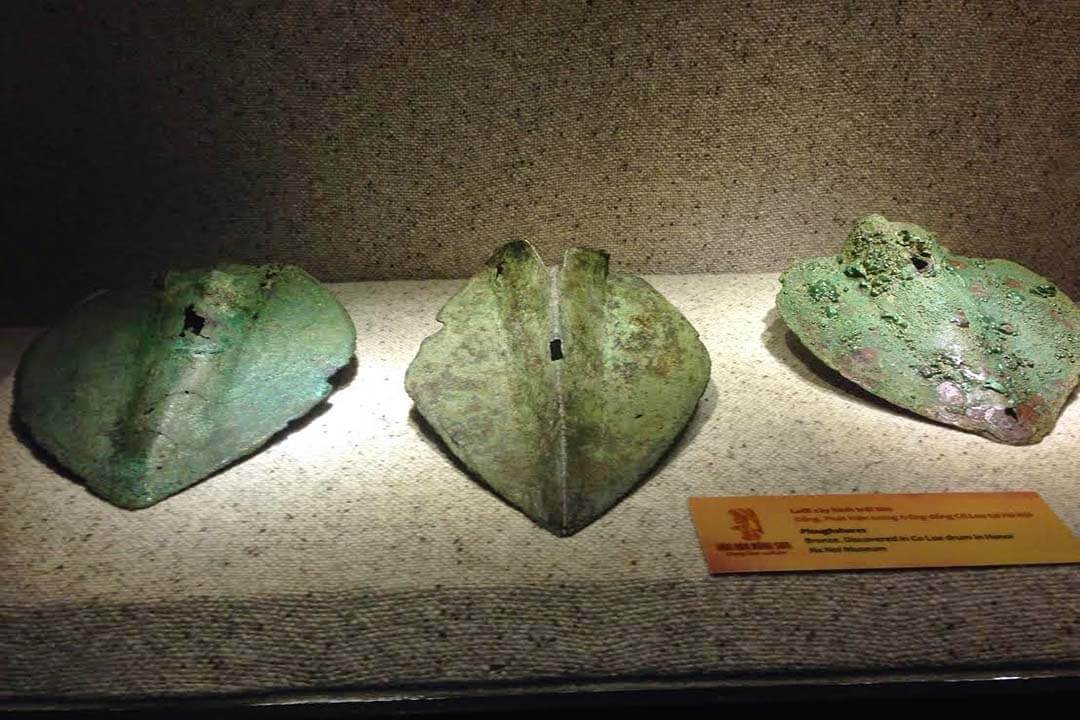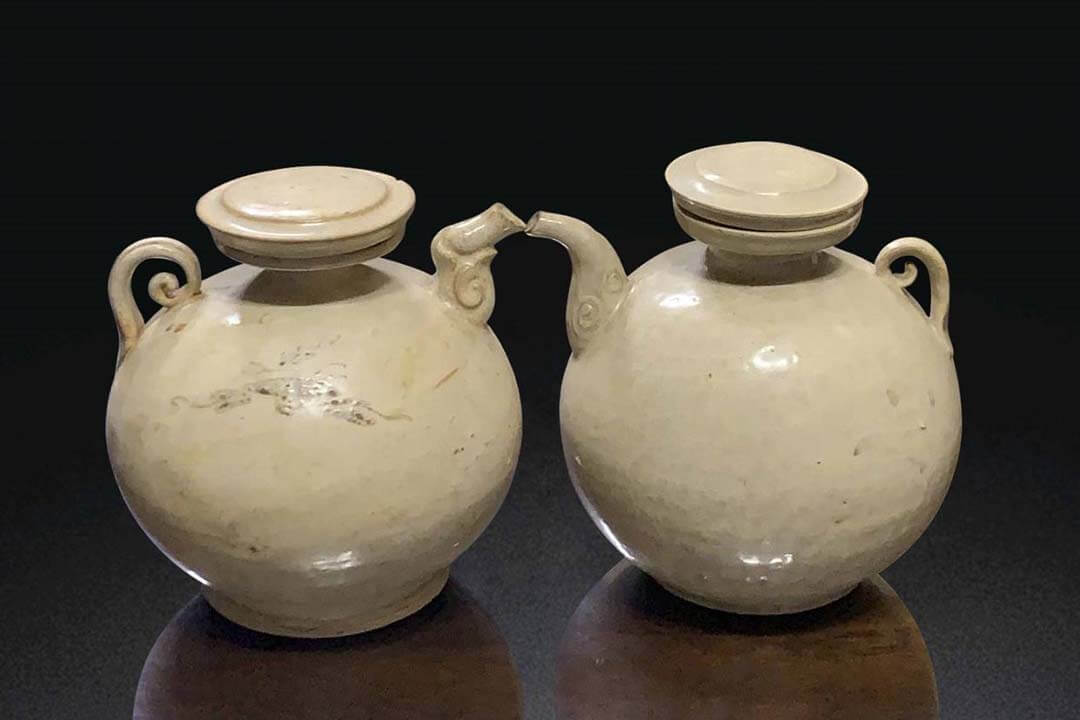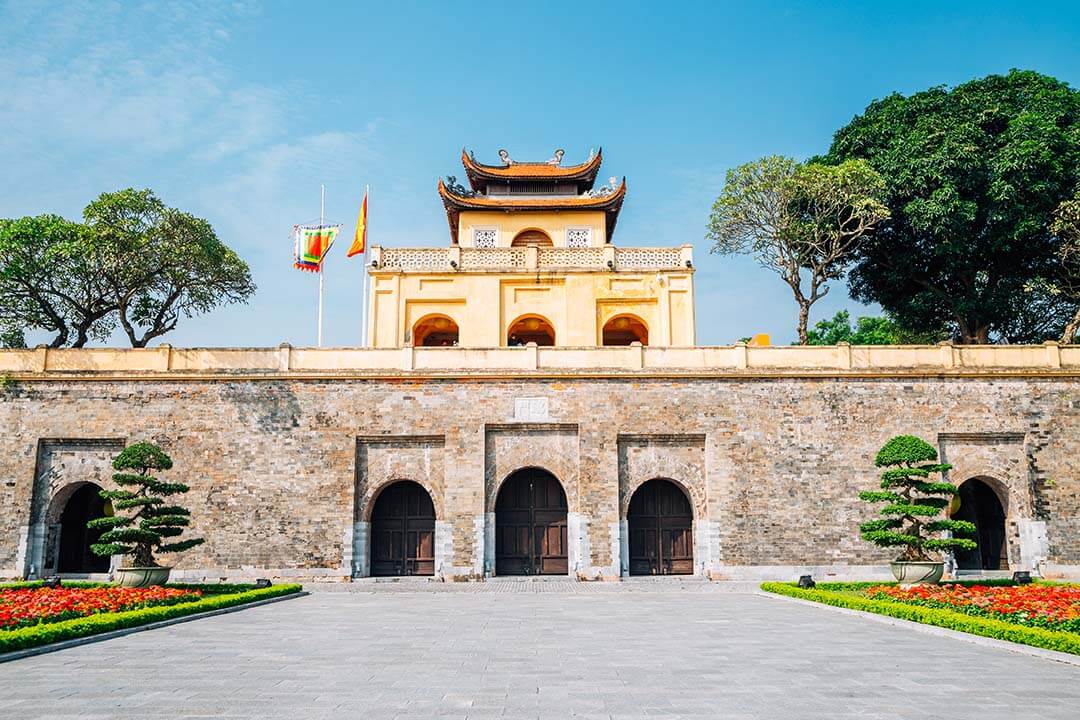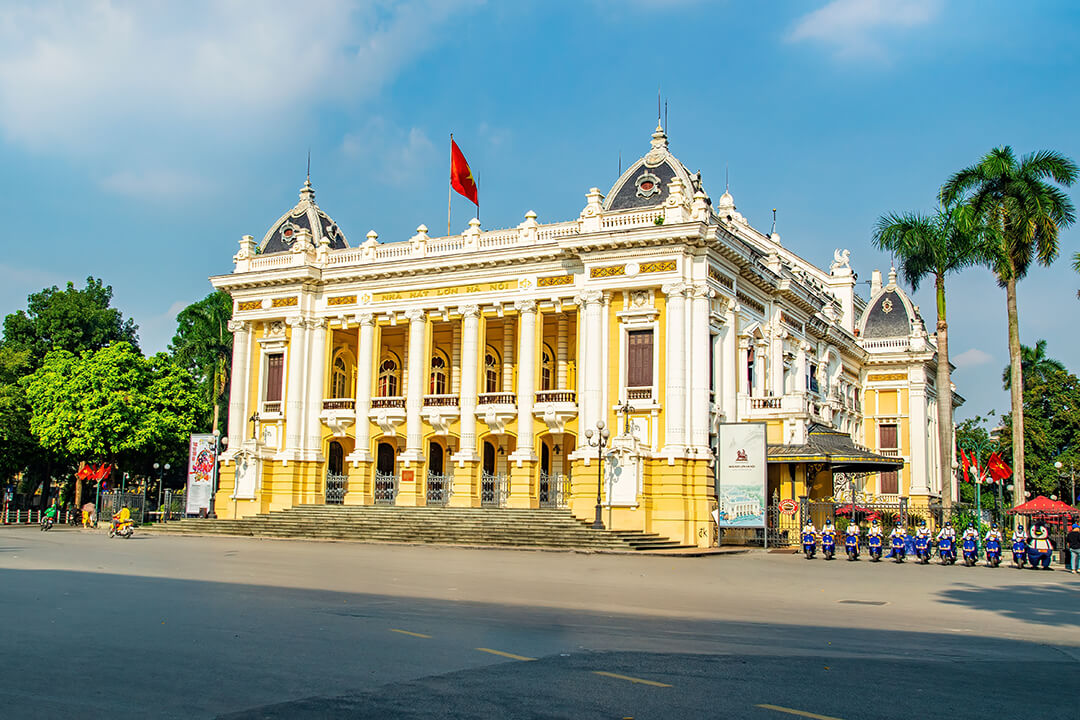The history of Hanoi Old Quarter spans various historical periods, from before the founding of Thang Long to the modern era. Established hundreds of years ago, this area has been the capital’s economic and cultural hub, witnessing numerous social upheavals and architectural changes. From ancient communities and craft development to French colonial rule and modernization, Hanoi’s Old Quarter has continuously evolved. This article will highlight key milestones in its history, covering architecture and social changes across different periods.
The history of Hanoi Old Quarter before the formation of Thang Long (before the 11th century)
Before Thang Long was officially established in 1010, the area now known as Hanoi’s Old Quarter was already an important trade center. Communities during this period primarily relied on agriculture and small-scale trade. Being close to the Red River, the area had a significant advantage in waterborne trade, connecting with other regions to the north and south.

Archaeological discoveries indicate that labor tools at this time were primarily made of stone and bronze, with people using manual systems for production. However, due to its strategic location, this area soon became a central hub for trade and commodity exchange, laying the foundation for the future development of Hanoi’s Old Quarter.
The history of Hanoi Old Quarter during its early formation (11th – 15th century)
In 1010, when King Ly Thai To moved the capital from Hoa Lu to Thang Long, the area of the Old Quarter began to develop rapidly. With its advantageous location in the heart of economic and trade activities, the Old Quarter quickly became one of the most bustling trading centers of the capital.

Craft industries such as wood carving, ceramics, and textiles flourished during this period. The streets were divided into specialized areas, with each neighborhood focusing on a particular trade. The people mostly lived in narrow, traditional houses made from natural materials like wood, bamboo, and raw brick.
Socially, markets also developed and played a crucial role in exchanging goods. Although production and trading techniques were still rudimentary, artisans and merchants had established close connections, forming an autonomous economic system.
The history of Hanoi Old Quarter during its development and expansion (16th – 19th Century)
The 16th to 19th centuries were the peak periods of growth for Hanoi’s Old Quarter, particularly in trade. Merchants from China, Japan, and Europe began arriving, bringing new products and more modern ideas.
During this period, the Old Quarter witnessed a blend of cultures and production and construction techniques changes. The traditional narrow houses remained common, but architecture became more diverse with influences from China and Japan. Associations, such as the Cantonese Association, were also built to serve the needs of the Chinese merchant communities.
Socially, due to interactions with foreign traders, local people began to access new production technologies, such as more refined ceramics techniques, advanced textile methods, and modern business practices. This era saw the Old Quarter developing economically and becoming a significant cultural exchange center.
The name “Hanoi’s 36 Streets” also emerged during this time. It was a period when trade and craft industries flourished, turning the area into the busiest trading hub of Thang Long. However, the origins of this area’s craft villages and neighborhoods began earlier, during the Ly and Tran dynasties (11th – 14th centuries), when craft neighborhoods formed and developed around the Thang Long Imperial Citadel.

The history of Hanoi Old Quarter during French colonial rule (19th – early 20th century)
When the French invaded Vietnam in the late 19th century, Hanoi’s Old Quarter underwent profound changes in architecture and society. The French implemented numerous urban planning projects and constructed buildings in a Western style, transforming Hanoi into a modern European-style capital.
During this period, the French built many modern infrastructure projects, such as sewer systems, street lighting, and water plants. The Old Quarter’s narrow streets began to be widened, and large boulevards were created. Traditional narrow houses remained popular, but the French introduced new construction techniques such as cement, steel, and glazed bricks, which enhanced the durability of buildings.
Buildings like the Hanoi Opera House, Hanoi Post Office, and many neoclassical mansions were constructed, showcasing the influence of French architecture. Houses in the Old Quarter began to incorporate Western elements, such as wrought iron balconies, large windows, and French-style tiled roofs. Hanoi’s residents, especially in the Old Quarter, also began to experience new inventions such as electric trams, machinery in production, and modern labor tools.
People in the Old Quarter not only encountered modern architecture but also learned new techniques in production and trade. The use of machinery gradually replaced manual tools, increasing labor productivity. The French also introduced Western education systems, leading many people, especially merchants, to acquire modern business management and marketing skills.

Additionally, transportation systems such as electric trams and other public transport changed how people moved and conducted trade. The Old Quarter gradually became a more modern commercial center where people became familiar with Western conveniences and technological advancements.
The history of Hanoi Old Quarter during modernization and preservation (20th century – present)
After Vietnam gained independence, Hanoi’s Old Quarter continued modernising while preserving historical and cultural values. The city government has made significant efforts to maintain historical architectural structures while promoting sustainable tourism development.
Traditional narrow houses and colonial-era architecture have been preserved, while new buildings have been constructed to meet the growing tourism demand. Infrastructure in the area has been upgraded with modern amenities such as electricity, water, and internet while striving to preserve heritage values.
Today, residents of the Hanoi Old Quarter continue to uphold traditional craft villages while integrating modern production methods. With the growth of tourism, many households have shifted to service-oriented businesses, opening souvenir shops, cafes, and restaurants to cater to domestic and international visitors.

The history of Hanoi Old Quarter is a story of architectural development and a testament to social changes through different periods. From traditional craft villages to the influence of French colonialists with modern techniques and technology, the Old Quarter has experienced significant advancements. Visitors here can feel the breath of history and witness the old and new intersections. To learn more about the unique cultural and historical values of Hanoi’s Old Quarter, continue following Vietnam Travel Tips.


